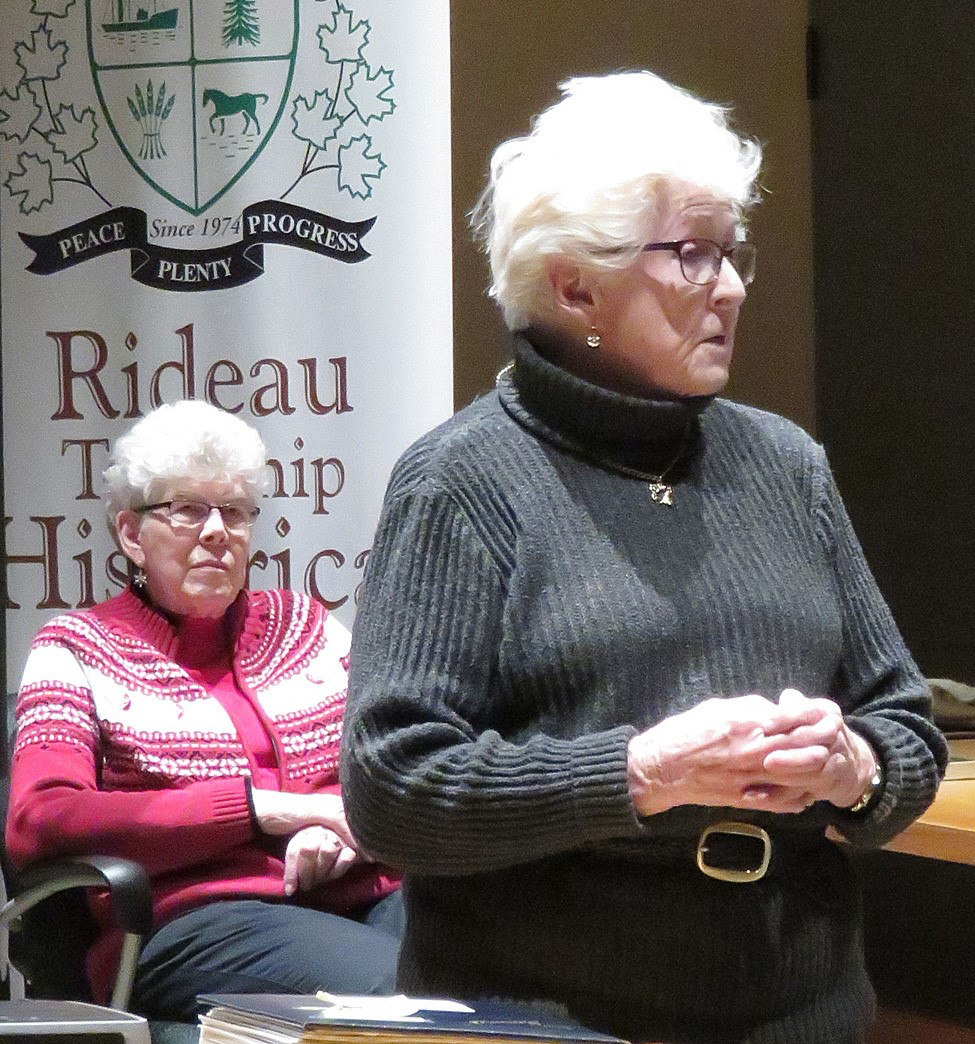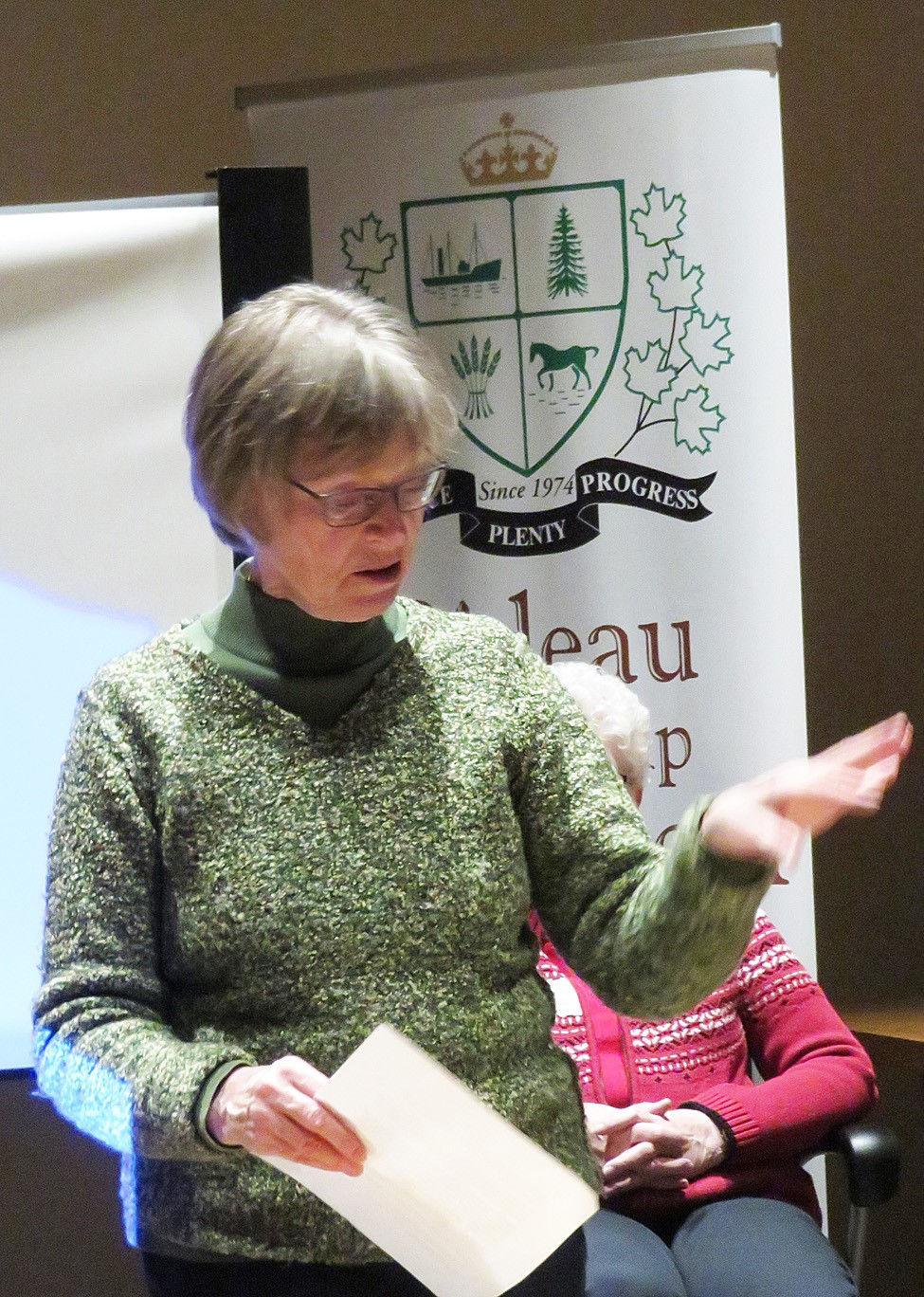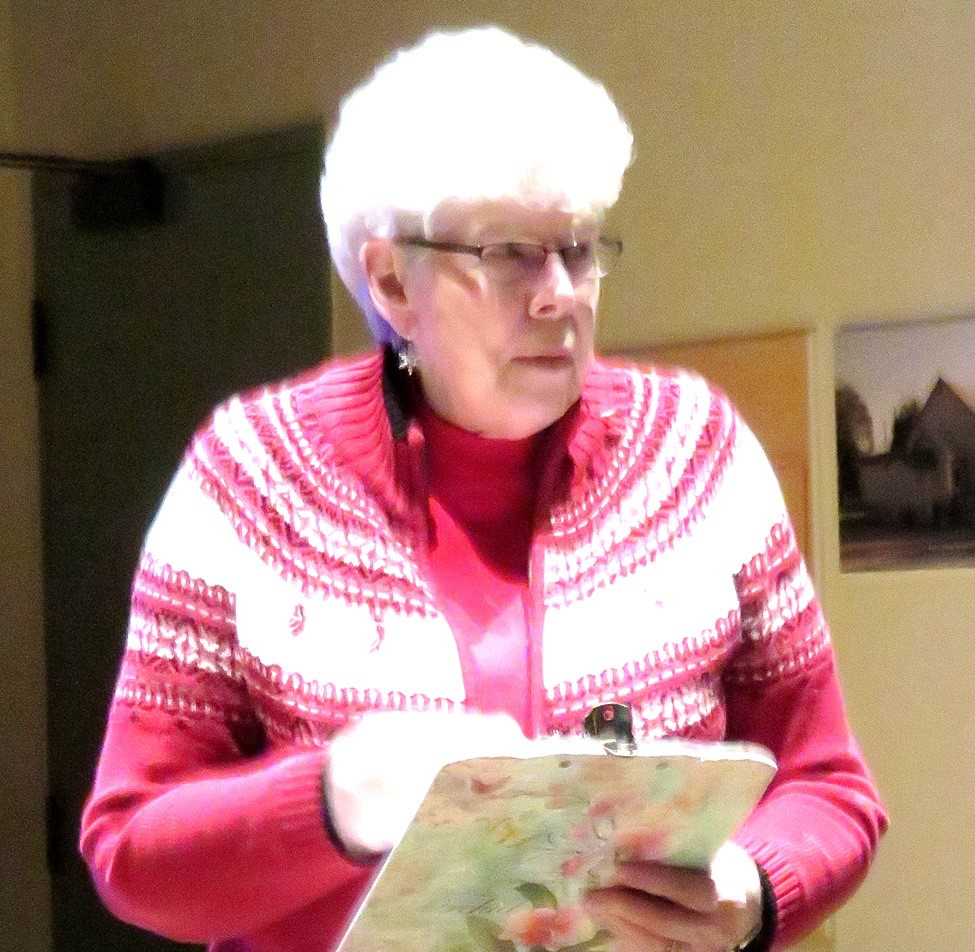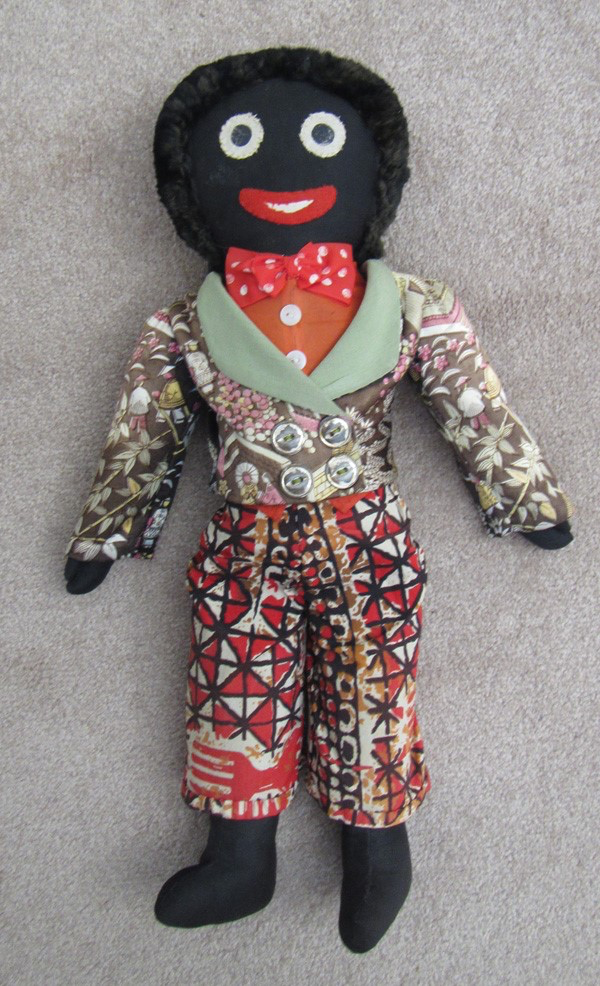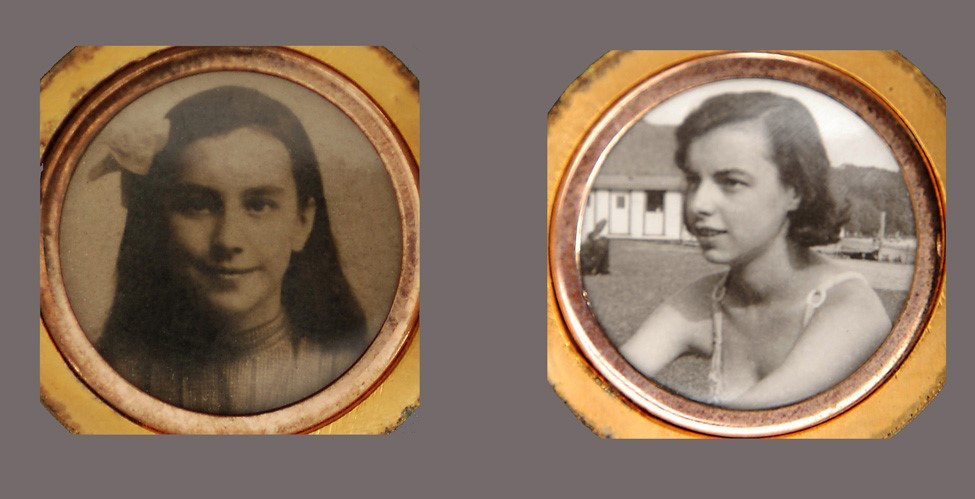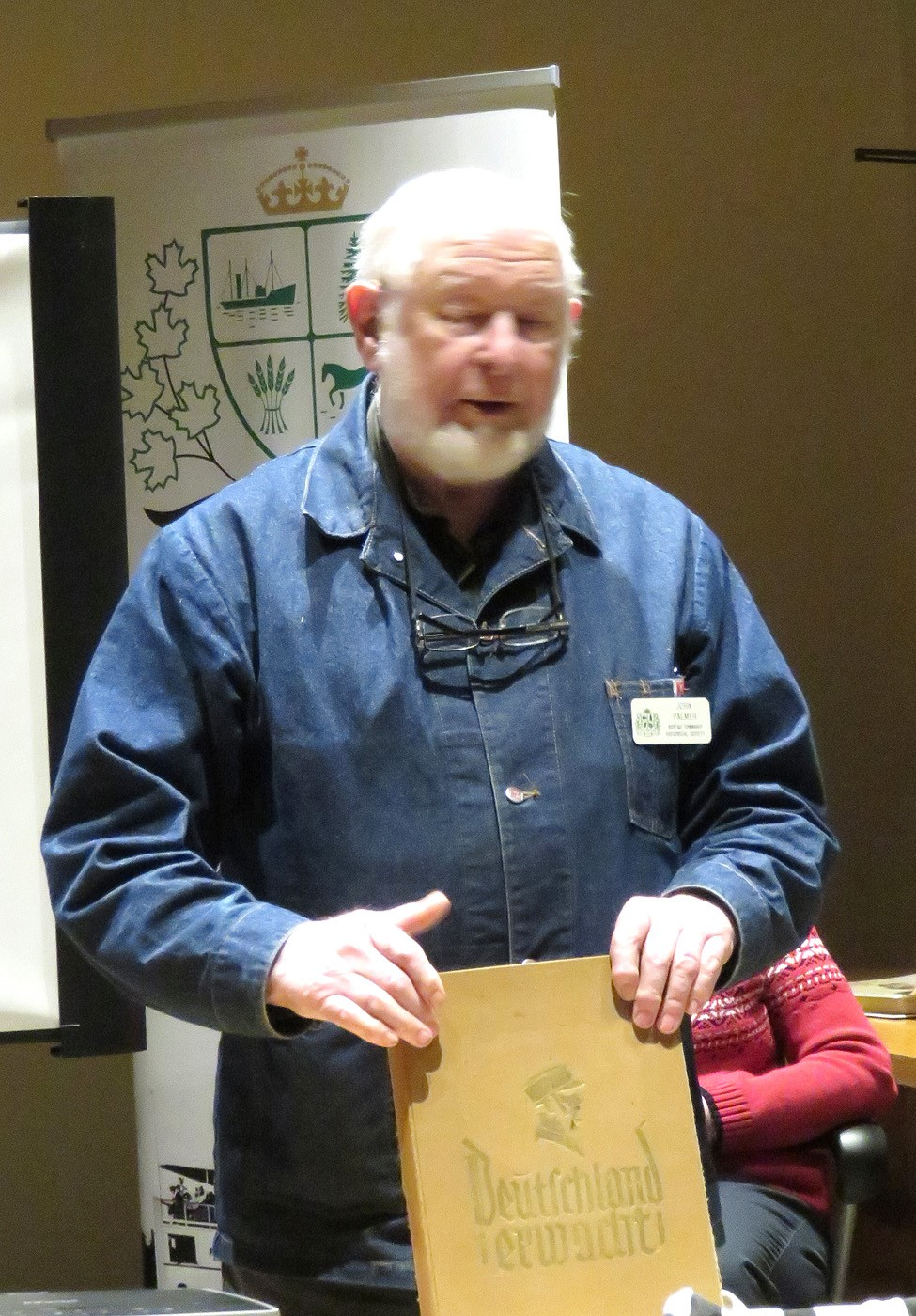RTHS Bring and Brag 2019
Article by Susan McKellar, photos by Owen Cooke. January, 2019.
Memories were stirred and discussion generated at the January meeting when several people shared an amazing variety of artifacts, pictures and stories with the group. Thanks to everyone for a fascinating evening!
Mary Anne Laframboise kicked the program off, showing us an extensive scrapbook related to her father who had been a hockey player in the NHL. Born in 1908, he started playing around age 17 or 18 in Montreal, and later moved to the Ottawa Shamrocks, then to the NHL in Philadelphia. After his hockey career ended he came back to Ottawa to help his father in business. As a matter of interest, Mary Anne’s mother’s maiden name was Phelan, and she has been working on clarifying a connection to the local Phelan family.
Susan McKellar brought her new choir music book, “Madrigals and Part Songs”, and briefly described the history of madrigals, songs from the Renaissance. She then read the first verse of a song, “Of all the birds that I do know”, about a sparrow named Philip.
Brian Sawyer displayed several antique objects and quizzed the audience on their names and uses, with some correct guesses. These objects included a bed warmer, a goffering iron, a German walking stick, an item used for squeezing yucca and getting juice from it, a gadget for picking up crumbs off the table, two commemorative spoons, a pipe, an eye glass and book for identifying silver pieces, a collar box, a beer stein and a small brass spittoon.
Dennis Osmond shared both an object, a golliwog his mother had made many years ago, and considerable research on the origin and evolution of these dolls in society over the years. It began as a story book character in children’s books by Florence Kate Upton that was based on an old doll of her grandmother. Another author, Enid Blyton, picked up the golliwog theme, but hers were more villainous than Upton’s. They later appeared in music, handicrafts, commercial items and novels. Starting in the 1960s they were controversial, as some felt they were racist. They fell out of favour, but have been making a revival. This presentation prompted lots of discussion on possible racist implications.
Maureen McPhee presented a beautiful gold locket that held two pictures, one of her grandmother Lulu Jamieson Mitchell and one of her mother Ruth Mitchell McPhee. She told us that her mother had kept this locket but Maureen hadn’t seen the pictures inside until after her mother passed away. She used this picture to identify other unnamed pictures, some of which she showed us. Maureen went on to tell us that she never knew her grandmother, as she had died in childbirth at age 36, and her eight children were split up between relatives to raise, a sad story.
Chuck Gruchy displayed ancient land deeds, one from the 1600s and one from the 1700s, from ancestors in Jersey, These ancestors had to leave France because they were Protestant (Huguenots).
John Palmer showed us a picture album he had bought in a bookstore in Germany, entitled Deutschland Erwacht (Germany Wakes Up). It was an album that people would obtain pictures for and would paste them in. It is about the rise of the Nazi party in Germany, and includes pictures of Hitler.
Rosie McNiece has a transcription of a diary that her father kept during his three years in a prison camp in northern Africa during World War II. Melville (Mickey) Bollow served in the Honorable Artillery Company, and was sent to Palestine. He was captured in 1942 and remained in the camp until 1945. As it was an officer prisoner of war camp, they were not treated too badly and all prisoners came out alive. Rosie said there is a lot of emotion in the diary, and read us a few excerpts. It is particularly important to her, as her father didn’t talk much about the war.
Owen Cooke brought two coins that were found by either his father or grandfather, on his father’s farm in Muskoka Lakes Township. They were found by a cabin in a back field of the farm, near three old graves. His grandfather bought the farm in 1896; there had been two families living there before. Owen passed the coins around, and also showed us pictures of them to see more of the detail. One was an 1837 penny from Lower Canada, and the other an 1854 ha’penny (or half penny) from Upper Canada.
The evening ended with people admiring and examining in more detail all these treasured historical items.
